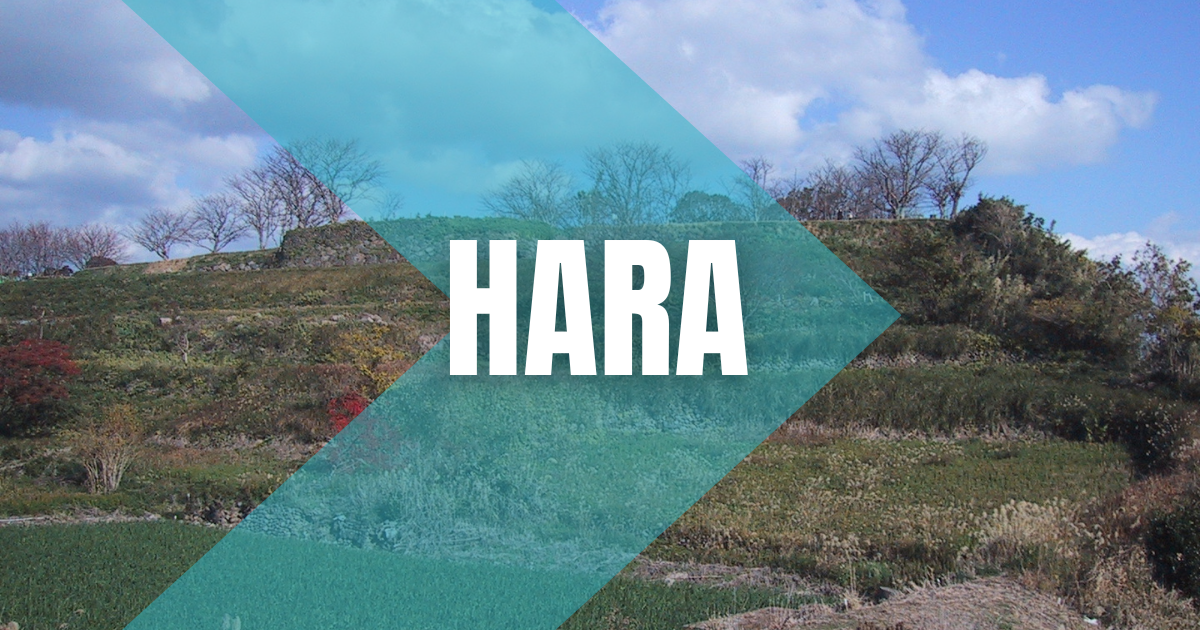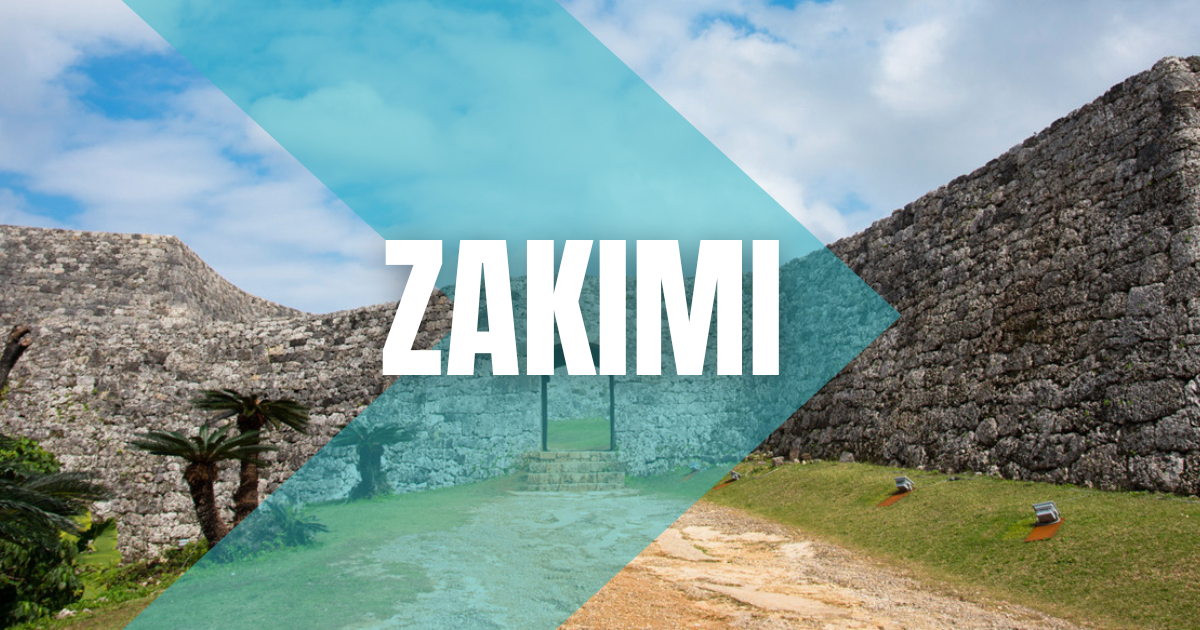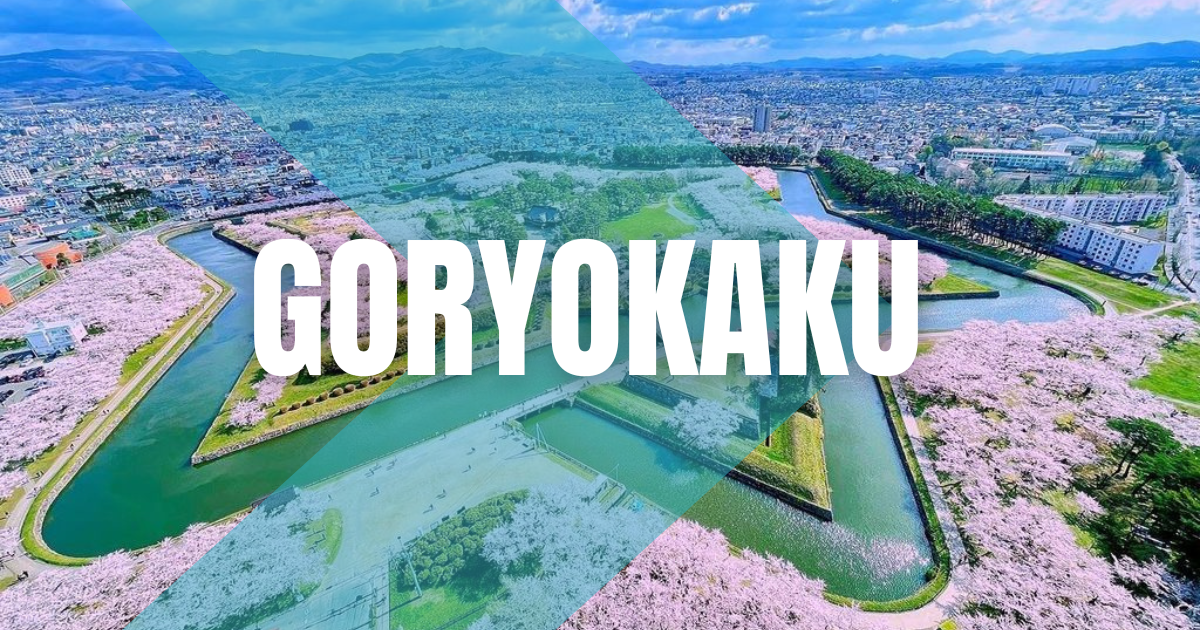Discover Hara Castle: A Hidden Samurai Fortress in Japan
Introduction
When exploring the Best Castles in Japan, few places capture the imagination quite like Hara Castle. Located in Nagasaki Prefecture, this castle stands as one of the most intriguing Japanese Heritage Sites. Although largely in ruins today, it remains a vital link to the turbulent Samurai History and the Christian uprisings of the early 17th century. For those looking to experience the hidden depths of Samurai Castles, Hara Castle offers a unique journey into the past. Whether you’re a history enthusiast or just starting your Japan Castle Tours, Hara Castle will leave you with unforgettable memories.
| Official site | https://www.nagasaki-tabinet.com/junrei/558 |
| Address | Minami-Arima Town, Minami-Shimabara City, Nagasaki |
| Entry Fee | Free |
The History and Origins of Hara Castle
The Background of Hara Castle’s Construction
Hara Castle was constructed in 1604 under the rule of Matsukura Shigemasa, a feudal lord (daimyo) known for his strict governance. The strategic location of the castle on the Shimabara Peninsula, overlooking the Ariake Sea, made it a formidable fortress during the Edo period. Unlike many of the Ancient Japanese Castles designed purely for defense against rival clans, Hara Castle served a dual purpose: protecting the Matsukura clan’s interests and controlling the growing population of Christian converts.
The Shimabara Peninsula was a region deeply influenced by Christianity due to the efforts of European missionaries. However, with the rise of Tokugawa Ieyasu and the beginning of Japan’s isolationist policies, Christianity was banned. Hara Castle became a center of tension between the government and the local Christian population. The Matsukura clan enforced heavy taxation, which led to widespread discontent among the peasants, many of whom were Christian.
In 1637, this unrest erupted into the Shimabara Rebellion, a significant event in Japanese history. Led by Christian samurai Amakusa Shirō, the rebellion saw tens of thousands of peasants and samurai take refuge in Hara Castle. The castle, once a symbol of feudal power, became a fortress for those fighting against religious persecution.
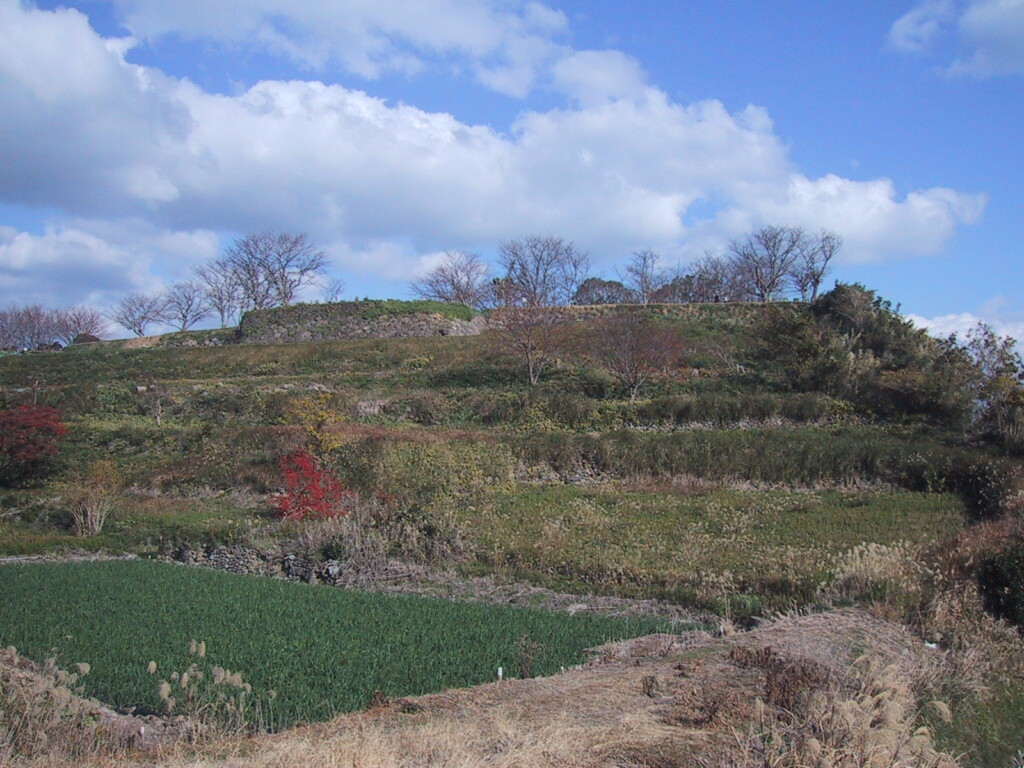
Historical Transitions
The rebellion lasted for several months, with Hara Castle enduring an intense siege by the Tokugawa shogunate’s forces. The defenders of the castle, largely outnumbered, fought valiantly, but their resistance was crushed in 1638. The fall of Hara Castle marked the end of the rebellion, and the shogunate responded by destroying the castle and enforcing stricter anti-Christian policies across Japan.
Today, although the castle lies in ruins, it is considered one of the Historic Castles of Japan, representing a turning point in the country’s history. Visitors can still explore the remnants of the fortress and reflect on its dramatic past, connecting with the very roots of Samurai History.
The Gardens and Surrounding Nature
The Beauty of the Seasonal Gardens
While Hara Castle may no longer stand in its original glory, its surroundings are a testament to the enduring beauty of Japan’s Historical Sites. The lush green landscape that envelops the ruins changes dramatically with the seasons, making it an ideal destination for nature lovers. In spring, cherry blossoms paint the fields in delicate pink hues, while autumn brings fiery red and orange tones to the trees surrounding the site. Each season offers a different perspective on the castle’s ruins, making it a unique spot to visit year-round.
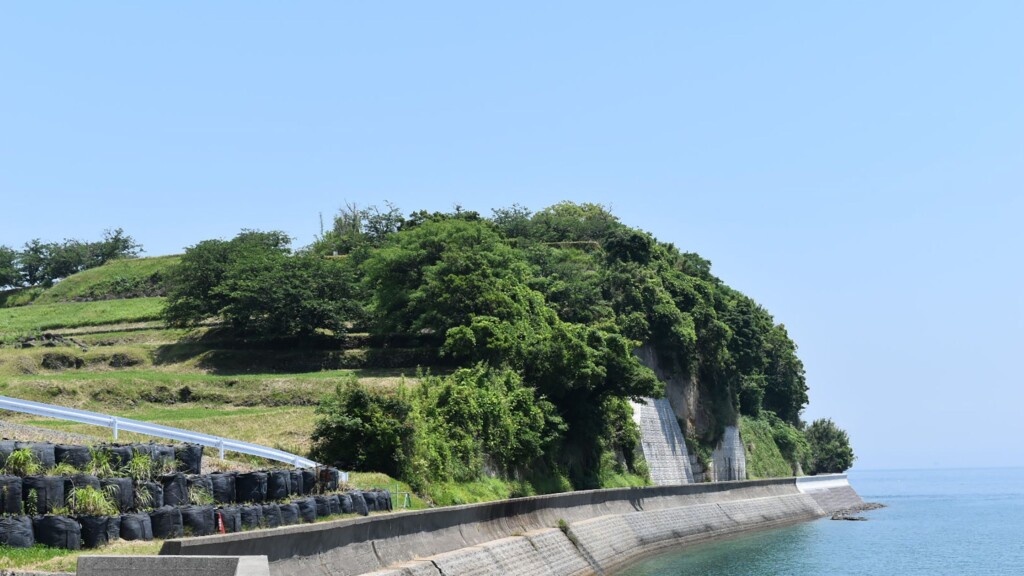
Nature Trails and Scenic Walks
A visit to Hara Castle is not just about history; it’s also about connecting with nature. The castle’s surrounding nature trails are perfect for a peaceful stroll, offering stunning views of the Ariake Sea and the rolling hills of the Shimabara Peninsula. These paths allow visitors to immerse themselves in the tranquil landscape that once witnessed the thunderous battles of the Shimabara Rebellion.
For those embarking on Japan Castle Tours, the blend of history and natural beauty at Hara Castle provides a well-rounded experience. You can explore both the remnants of this ancient fortress and the serene environment that surrounds it, offering a perfect balance of adventure and relaxation.
Unmissable Attractions and Experiences
While Hara Castle itself may be in ruins, nearby attractions make the trip worthwhile. Close to the castle, you can visit Shimabara Castle, another impressive example of Samurai Castles in the region. This fully restored castle offers a deeper dive into the feudal history of Japan, and its museum houses artifacts related to the Shimabara Rebellion, including weapons and armor used during the siege of Hara Castle.
Additionally, visitors can experience the hot springs of Shimabara, a popular attraction that allows for a moment of relaxation after exploring the historical sites. For those seeking a more immersive experience in Japan Culture Travel, local tours often include both the historic sites and natural hot springs, ensuring you get the best of both worlds.
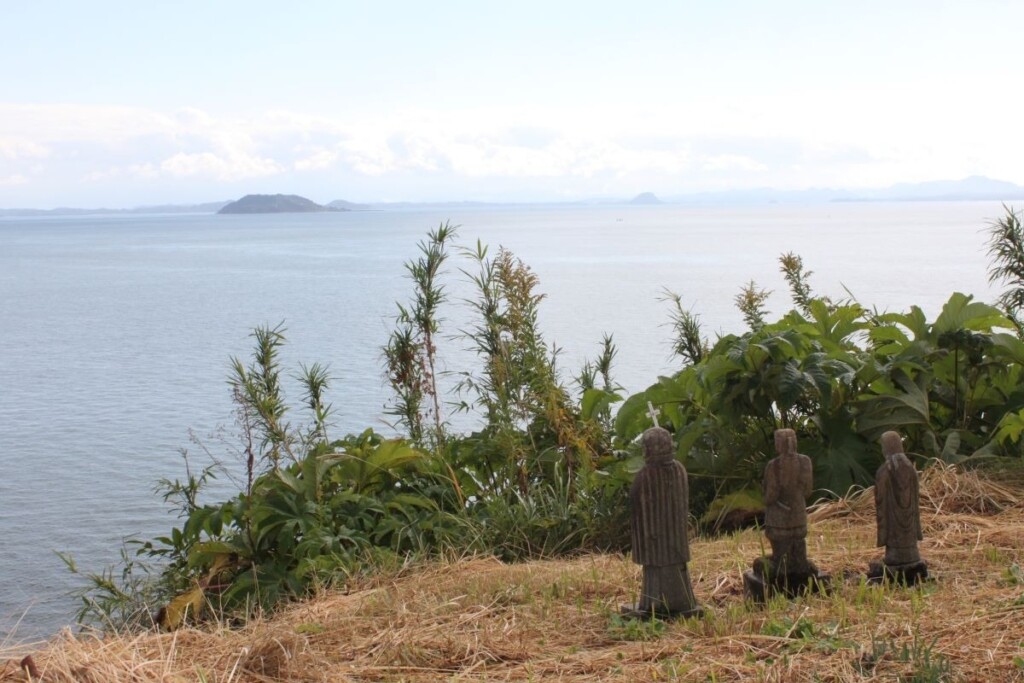
Connection to Famous Lords
The Role of Matsukura Shigemasa
Hara Castle’s most notable figure is Matsukura Shigemasa, the daimyo responsible for its construction. While his heavy-handed rule led to the Shimabara Rebellion, his legacy is forever tied to this fortress. Shigemasa’s harsh taxation policies may have sparked the rebellion, but they also reflect the challenges faced by many of Japan’s feudal lords during this era.
Amakusa Shirō’s Uprising
On the other side of the rebellion was Amakusa Shirō, the young Christian samurai who led the revolt against the shogunate. His connection to Hara Castle as the site of his final stand has immortalized him in Japanese folklore. Visitors can learn more about Shirō’s life and the rebellion through local exhibits near the castle ruins, offering a deeper understanding of this historical conflict.
Major Events at Hara Castle
Special Seasonal Events
Although the castle itself no longer stands, Hara Castle hosts annual events commemorating the Shimabara Rebellion. Each year, in November, locals gather to reenact scenes from the rebellion, bringing the castle’s history to life. The event attracts history buffs from all over Japan, making it an ideal time for those on Japan Castle Tours for Foreigners to visit.
In the spring, visitors can enjoy cherry blossom festivals held in the surrounding gardens, celebrating the beauty of the natural landscape. These seasonal events ensure that Hara Castle remains an engaging destination for all types of travelers.
| Date | Event |
|---|---|
| Feb-26 | Shimabara Rebellion Memorial Service |
| May-03 | Spring Festival at Hara Castle Ruins |
| Nov-24 | Autumn Historical Walk |
| Dec-14 | Winter Cultural Tour and Ceremony |
Souvenirs
Unique Souvenirs from Hara Castle
While visiting Hara Castle, be sure to explore the local shops that offer unique souvenirs tied to the Shimabara Rebellion. You can find everything from replica samurai swords to traditional crafts that reflect the region’s rich history. These one-of-a-kind items are perfect mementos to remember your visit to this Japan Historical Site.
Access
Access to Hara Castle
From Nagasaki City
If you are traveling from Nagasaki City, the nearest large city, Hara Castle is easily accessible via a combination of train and bus. The total travel time is approximately 2 hours.
- By Train: Take the JR Nagasaki Line from Nagasaki Station to Isahaya Station. This ride takes around 40 minutes.
- By Bus: From Isahaya Station, board the Shimabara Railway Bus bound for Minami-Shimabara and get off at Hara Castle Ruins Bus Stop. The bus ride takes around 1 hour and 10 minutes. From the bus stop, it’s a short walk to the castle ruins.
From Fukuoka
For those starting from Fukuoka, the trip will take about 3 hours.
- By Train: Take the JR Limited Express Kamome from Hakata Station in Fukuoka to Isahaya Station. The journey takes approximately 1 hour and 40 minutes.
- By Bus: From Isahaya Station, take the Shimabara Railway Bus to Hara Castle Ruins Bus Stop, as mentioned above. The bus ride takes about 1 hour and 10 minutes.
By Car
If you prefer driving, Hara Castle is around a 1 hour and 30-minute drive from Nagasaki City via the Nagasaki Expressway. From Fukuoka, the drive takes about 2 hours and 30 minutes via the same expressway.
Hara Castle is a scenic destination, and driving allows you to enjoy the beautiful landscapes of the Shimabara Peninsula. There is parking available near the castle ruins.

